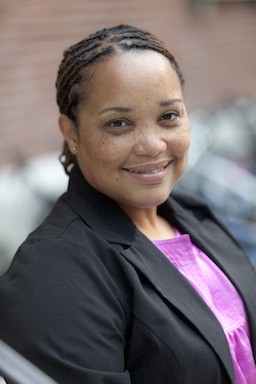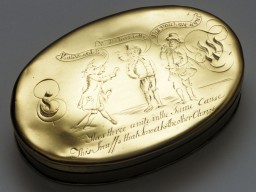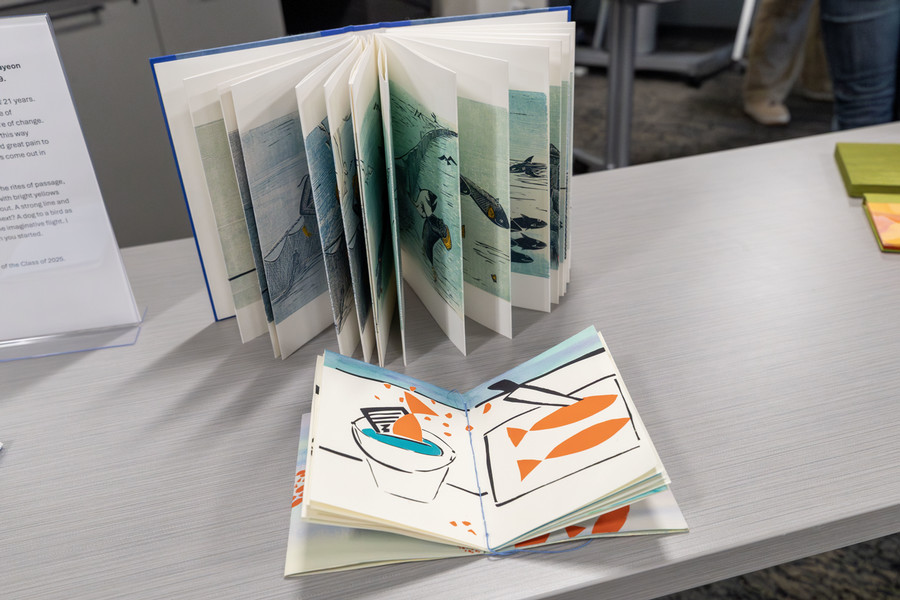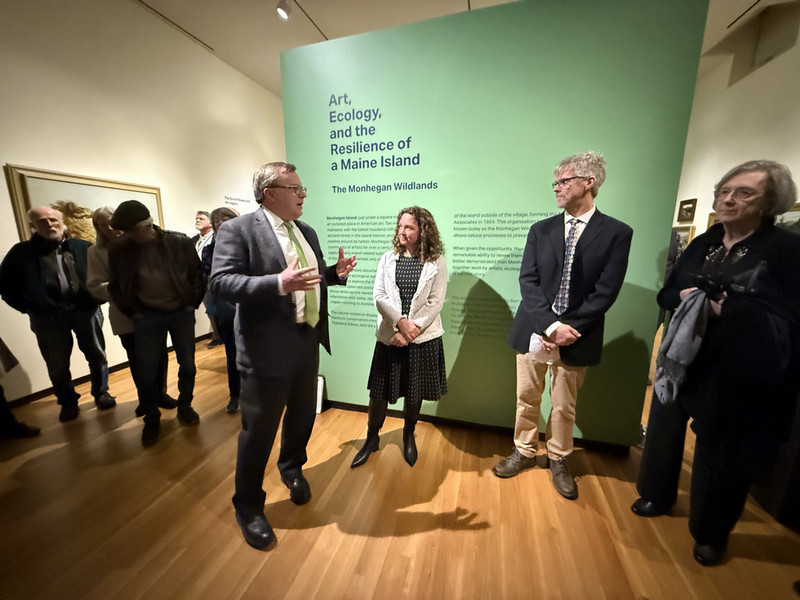Studying History Through Objects: Art History's Dana Byrd
By Tom PorterAssistant professor of art history Dana Byrd likes to talk about history in terms of the tangible. She’s less interested in ideas and thought than she is in that which we can see and touch. “I’m really interested in thinking about objects and looking at them very closely.”

For example, she recently wrote an article about an 18th-century tobacco box. That may sound like a pretty limited subject on its own, “but,” says Byrd, studying the history of that tobacco box “gets us to think about the movement of goods from places like London, to the West Coast of Africa, and the onto to Virginia” before ending up in a museum in Delaware.
“I teach a great deal in concert with the museum to get students in front of objects that reflect or tell us more about the history of a given time period.”
For example, she’s looked at the civil war by studying items from a plantation in South Carolina, as well as some of the “booty” bought back to the north by Union soldiers.
“When Northerners came South to fight the war, most of them had never traveled more than 20 miles from home, and then they find themselves in 80-degree weather – in the Fall – surrounded by palm trees, maybe, and looking at a world they’d never seen before, and I’m very interested in how they reacted to that.”
Impressed by the opulence of some of these plantation houses, “soldiers are often, shall we say, ‘appropriating’ objects for use northwards. So we see a lot of furniture, quilts and decorative arts being brought back.”

Byrd is also interested in the African American experience, particularly that of the newly liberated slaves.
“How do you act if you’ve never been paid a wage before? How do you decide what sort of things to buy? How do you choose to ornament your house? I’m trying to address these questions as I think about how these people are using things to organize their new lives and freedom.”
Byrd is a scholar of American art and material culture, and in her opinion anything can be art. “Isn’t that what Duchamp proved when he slapped a urinal on the wall in the Armory show? It’s the idea behind it that makes it art.”
Byrd, who grew up in Washington, D.C., credits her grandparents for her love of art. “When I was a child my grandmother often took me to the Philadelphia Museum of Art. I didn’t always want to go, but she thought it was very important for me as a six-year-old to spend time looking at paintings.”
She also recalls her grandfather taking her a number of times to an exhibition at the National Museum of American History called From Field to Factory, “which used objects to tell the story of the migration of African-Americans from the South to the North.”
Her advice to parents of young children today: take them to museums as often as you can. “If they don’t want to go, promise them ice cream at the end!”



